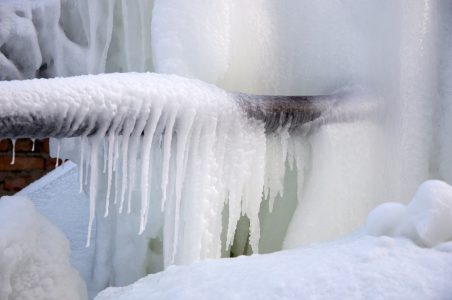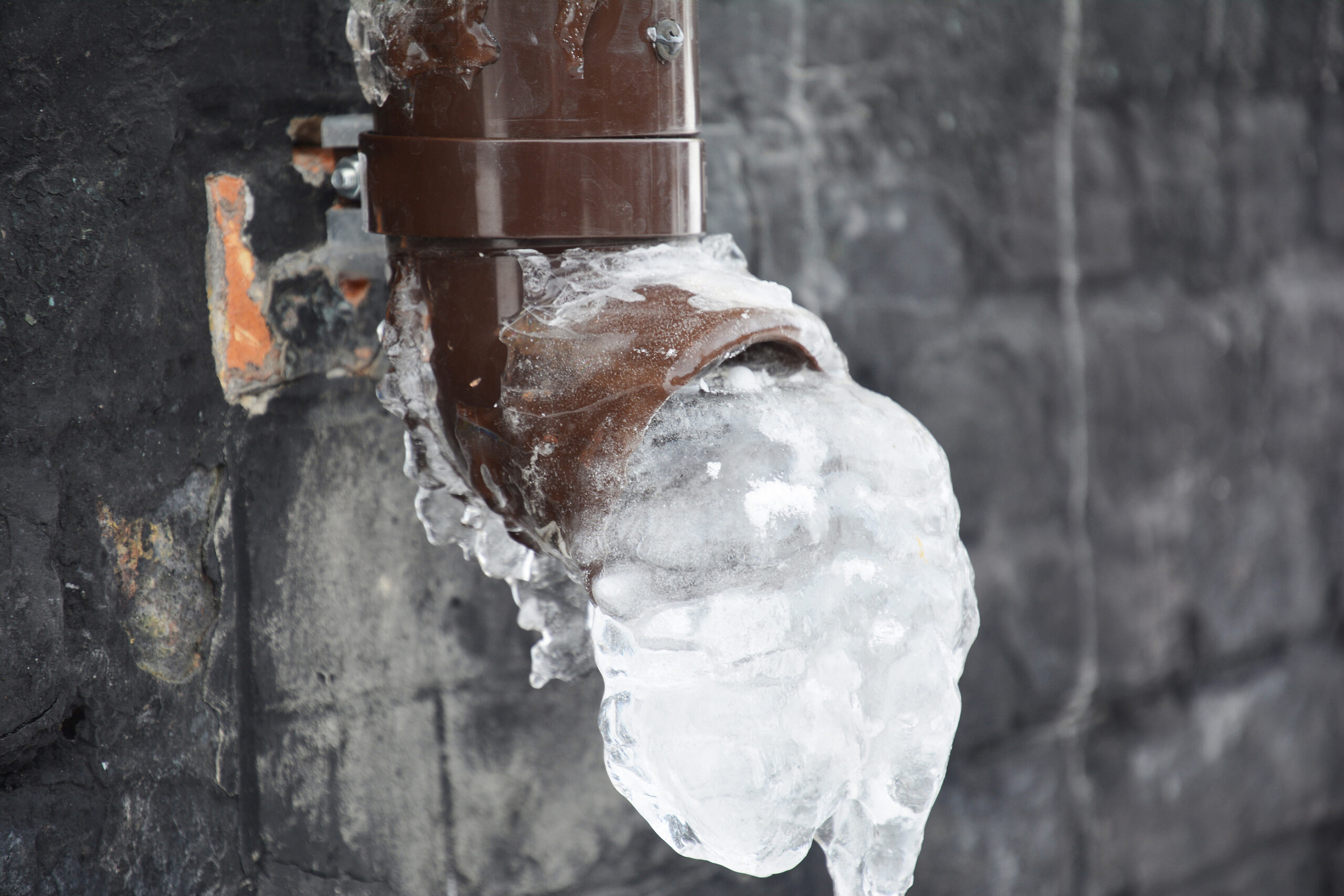Avoid Frozen Pipes in Winter: Pro Advice
Avoid Frozen Pipes in Winter: Pro Advice
Blog Article
The writer is making a number of good points about How to Prevent Your Pipes From Freezing in general in this great article directly below.

Winter can damage your plumbing, particularly by freezing pipelines. Here's exactly how to stop it from occurring and what to do if it does.
Intro
As temperatures decrease, the threat of icy pipes boosts, potentially bring about pricey repairs and water damage. Comprehending just how to stop frozen pipes is essential for house owners in cold climates.
Prevention Tips
Insulating at risk pipes
Cover pipes in insulation sleeves or make use of heat tape to safeguard them from freezing temperatures. Concentrate on pipelines in unheated or external locations of the home.
Heating methods
Keep indoor areas appropriately heated, particularly locations with plumbing. Open up closet doors to permit cozy air to distribute around pipes under sinks.
Exactly how to determine icy pipes
Try to find reduced water circulation from faucets, uncommon odors or sounds from pipes, and noticeable frost on revealed pipelines.
Long-Term Solutions
Architectural modifications
Consider rerouting pipelines away from outside wall surfaces or unheated locations. Add extra insulation to attics, cellars, and crawl spaces.
Upgrading insulation
Invest in high-grade insulation for pipes, attics, and walls. Correct insulation aids maintain constant temperature levels and decreases the threat of icy pipelines.
Securing Outdoor Plumbing
Yard hoses and exterior faucets
Separate and drain pipes garden hose pipes before winter. Install frost-proof spigots or cover outside faucets with insulated caps.
Recognizing Icy Pipelines
What triggers pipes to ice up?
Pipelines freeze when subjected to temperature levels listed below 32 ° F (0 ° C) for prolonged periods. As water inside the pipes ices up, it broadens, putting pressure on the pipeline walls and possibly causing them to break.
Dangers and damages
Icy pipelines can lead to water disturbances, building damages, and pricey repairs. Burst pipes can flooding homes and cause extensive structural damage.
Indicators of Frozen Piping
Identifying icy pipelines early can stop them from bursting.
What to Do If Your Pipelines Freeze
Immediate activities to take
If you believe icy pipelines, keep faucets open up to ease pressure as the ice melts. Utilize a hairdryer or towels taken in warm water to thaw pipelines slowly.
Final thought
Protecting against icy pipes requires positive steps and fast reactions. By comprehending the reasons, signs, and preventive measures, homeowners can secure their pipes throughout cold weather.
5 Ways to Prevent Frozen Pipes
Drain Outdoor Faucets and Disconnect Hoses
First, close the shut-off valve that controls the flow of water in the pipe to your outdoor faucet. Then, head outside to disconnect and drain your hose and open the outdoor faucet to allow the water to completely drain out of the line. Turn off the faucet when done. Finally, head back to the shut-off valve and drain the remaining water inside the pipe into a bucket or container. Additionally, if you have a home irrigation system, you should consider hiring an expert to clear the system of water each year.
Insulate Pipes
One of the best and most cost-effective methods for preventing frozen water pipes is to wrap your pipes with insulation. This is especially important for areas in your home that aren’t exposed to heat, such as an attic. We suggest using foam sleeves, which can typically be found at your local hardware store.
Keep Heat Running at 65
Your pipes are located inside your walls, and the temperature there is much colder than the rest of the house. To prevent your pipes from freezing, The Insurance Information Institute suggests that you keep your home heated to at least 65 degrees, even when traveling. You may want to invest in smart devices that can keep an eye on the temperature in your home while you’re away.
Leave Water Dripping
Moving water — even a small trickle — can prevent ice from forming inside your pipes. When freezing temps are imminent, start a drip of water from all faucets that serve exposed pipes. Leaving a few faucets running will also help relieve pressure inside the pipes and help prevent a rupture if the water inside freezes.
Open Cupboard Doors
Warm your kitchen and bathroom pipes by opening cupboards and vanities. You should also leave your interior doors ajar to help warm air circulate evenly throughout your home.

We hope you liked our excerpt on How to Prevent Your Pipes From Freezing. Thank you so much for finding the time to browse our article post. Those who appreciated our blog entry kindly consider to share it. Thanks a lot for your time. Kindly pay a visit to our blog back soon.
Article Report this page